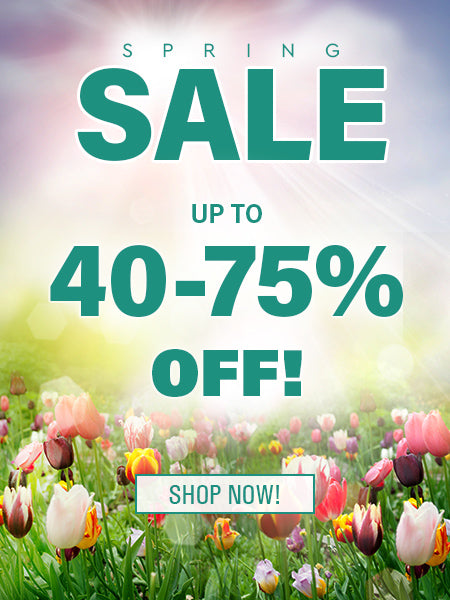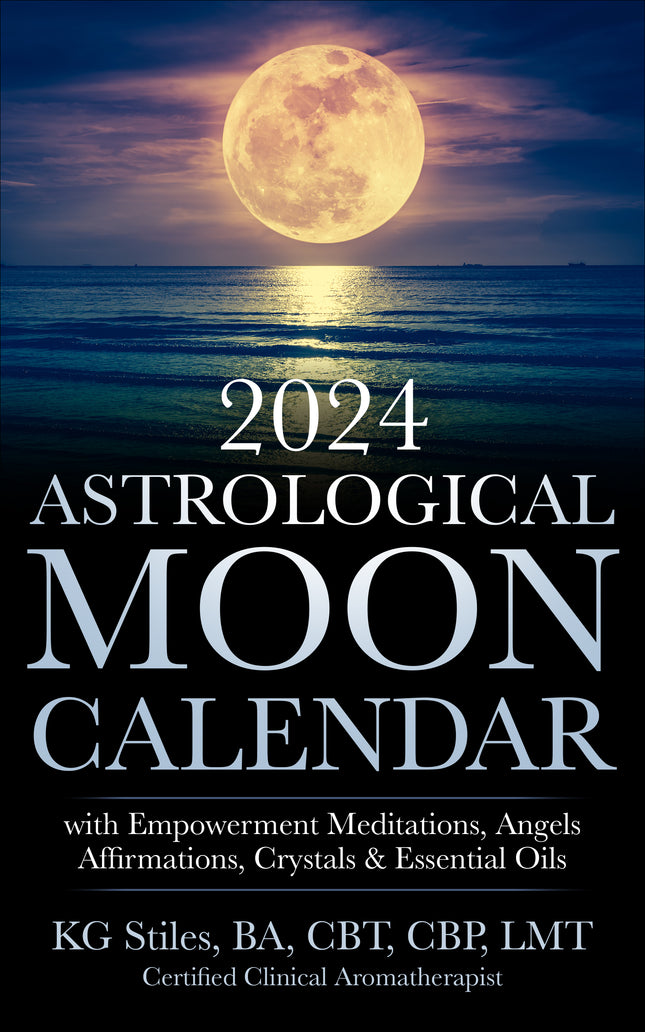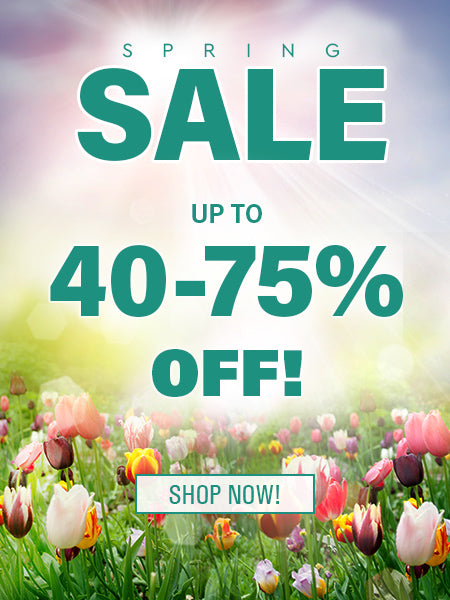 In 2018 the environmental fragrance market reached $70 billion.
In 2018 the environmental fragrance market reached $70 billion.
The global fragrance market is projected to continue increasing through 2022 and beyond.
The fragrance and perfume industry is regulated by the FDA (U.S. Food and Drug Administration).
GRAS (Generally Regarded As Safe) is a designation by the FDA that a chemical or substance added to food is considered safe by experts, and so is exempted from the usual Federal Food, Drug, and Cosmetic Act (FFDCA) food additive tolerance requirements
Many essential oils have GRAS status by the FDA.
Here’s a partial list of commonly used Essential Oils with GRAS status:
- Basil (Ocimum basilicum)
- Bergamot (Citrus bergamia)
- German Chamomile (Matricaria chamomilla)
- Cinnamon leaf (Cinnamon zeylanicum)
- Coriander (Coriandrum sativum)
- Geranium (Pelargonium graveolens and G, roseum)
- Ginger (Zingiber officinale)
- Grapefruit (Citrus paradisi)
- Hyssop (Hyssopus officinalis L ssp)
- Juniper Berry (Juniperus communis)
- Lavender (Lavandula angustifolia)
- Lemon (Citrus limon)
- Lemongrass (Cymbopogon citratus & C. flexuosus)
- Red Mandarin (Citrus reticulata)
- Sweet Marjoram (Origanum majorana)
- Melissa aka lemon balm (Melissa officinalis)
- Neroli (Citrus aurantium)
- Sweet Orange (Citrus sinensis)
- Oregano (Origanum vulgare)
- Palmarosa (Cymbopogon Martinii)
- Black Pepper (Piper nigrun)
- Peppermint (Menta piperita)
- Petitgrain (Citrus aurantium)
- Rose Otto (Rosa damascena)
- Rosemary (Rosmarinus officinalis ct. verbenone)
- Spearmint (Mentha x spicata)
- Thyme (Thymus vulgaris)
- Ylang Ylang (Cananga odorata)
Fragrance materials may be natural, or synthetic, or a combination of both. Fragrance is used to scent products, as well as to impart a pleasant aroma to the environment.
There are growing health concerns about exposure to synthetic fragrance which is primarily petroleum based and chemically derived.
Established in 1966 the Research Institute for Fragrance Materials (RIFM) is an independent international scientific organization which tests and evaluates the safety of fragrance materials.
In addition, the RIFM accepts proposals for sponsored scientific research studies and works jointly with interested third parties to further knowledge on health and environmental issues.
Exposure to toxic chemicals is hazardous to everyone, but certain groups of people are especially at-risk, including: pregnant women, children and those with respiratory and chemical sensitivities.
There’s a growing trend for natural and personalized fragrance experiences.
 As the cost for natural fragrance is higher than the cost of synthetic the public’s adoption of using natural fragrance is slow, as yet.
As the cost for natural fragrance is higher than the cost of synthetic the public’s adoption of using natural fragrance is slow, as yet.
When the public has been educated about the growing health concerns with synthetic fragrance then the "real" value of natural over synthetic fragrance will begin to tip the purchase power of natural fragrance over synthetic in the global market.
Your buying decisions help tip this balance for choosing natural over synthetic fragrance!
By purchasing natural environmentally friendly fragrance products you will be contributing to the growing awareness and helping people understand why they should choose natural over synthetically derived scented products.
Areas of the environmental fragrance market, include:
- Soaps and detergents.
- Cosmetics and toiletries.
- Fine fragrances for personal and at-home use.
Primary distribution channels:
- Hypermarkets like Walmart and Costco.
- Supermarkets like Whole Foods and Trader Joe’s.
- Specialized cosmetic stores and boutiques.
Presently, the European market is by far the most lucrative environmental fragrance market in the world.
Psychology of Scent
The psychology of scent is one of the most exciting areas of environmental fragrance research and development.
Scent is driving the escalating sales in essential oils world wide. Why is that? Research into the psychology of scent is helping us to understand how scent influences human behavior and emotions like anxiety.
Research published in PubMed shows us exactly what happens when your sense of smell meets emotion. For a detailed "scientific" explanation about how your olfaction (sense of smell) interacts with your nervous system causing it to adapt and change check out this study.
Setting the Mood
Environmental aromatherapy is frequently used to create the ambiance desired in a particular area whether in a home, office, or retail store. To do this pure essential oils are often diffused into the air using some type of diffuser or an aromatherapy spray device, or in the case of retail stores through the ventilation system.
Research has shown that cold-air diffusing oils into the environment may:
- Reduce environmental toxins
- Eliminate unpleasant odors
- Promote relaxation
- Relieve tension
- Clear the mind
- Increase sense of well-being
- Improve the mood
- Improve energy levels
- Promote restful sleep
- Assist with weight management
- Improve concentration, alertness and mental clarity
Frequency and Duration
 Start by diffusing your essential oils for only 15-30 minutes (total) per day.
Start by diffusing your essential oils for only 15-30 minutes (total) per day.
As you become accustomed to the oils and recognize their effects you may increase your time of exposure to them.
Ultrasonic Micro Diffusion
Micro diffusion uses a nebulizer type diffuser that breaks essential oils into millions of micro particles. This type of diffusion disperses oils without the heating that can render oils therapeutically less beneficial.
In illness you may consider inhaling the oil’s vapors near the “mouth” of the nebulizer. A short session of breathing in the oils for 4-5 minutes should be sufficient, repeat every few hours.
Cold Air diffusion
For cold air diffusion drops of essential oil are dispensed into the diffuser compartment. A small fan then blows cool air through the oils lifting them into the air for dispersal into the environment. This is a cost effective way for diffusing your oils into the atmosphere of a room though not especially suitable for heavier oils, or blends that do not readily lift into the air. Cold air diffusion is especially good for scenting a room without the clean up time required with a nebulizer diffuser, especially when using thicker oils.
Find out more about Environmental Aromatherapy, along with fragrance recipes to try in my newest award-winning book available on Amazon, The Essential Oils Complete Reference Guide: Over 250 Recipes for Natural Wholesome Aromatherapy.
For more about Environmental Aromatherapy read, Aromatherapist’s Guide to Best Diffuser.
READ next article in series, Babies and New Moms Aromatherapy Massage Oil Recipe.
READ first article in series, Aromatherapy Dominates Global Market - Healthcare Revolution!








Leave a comment